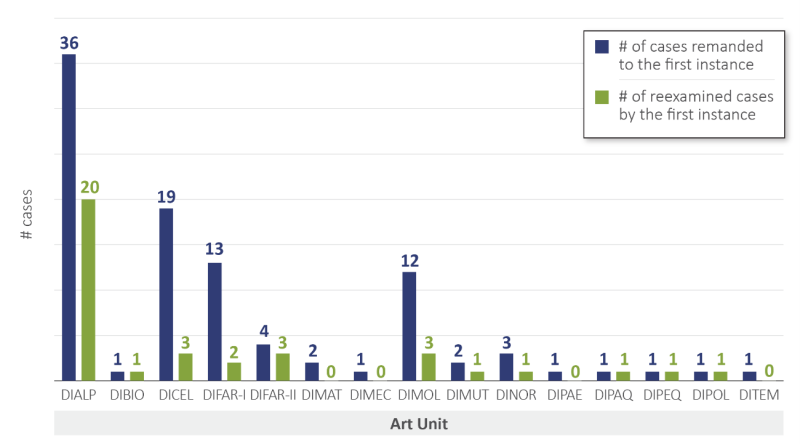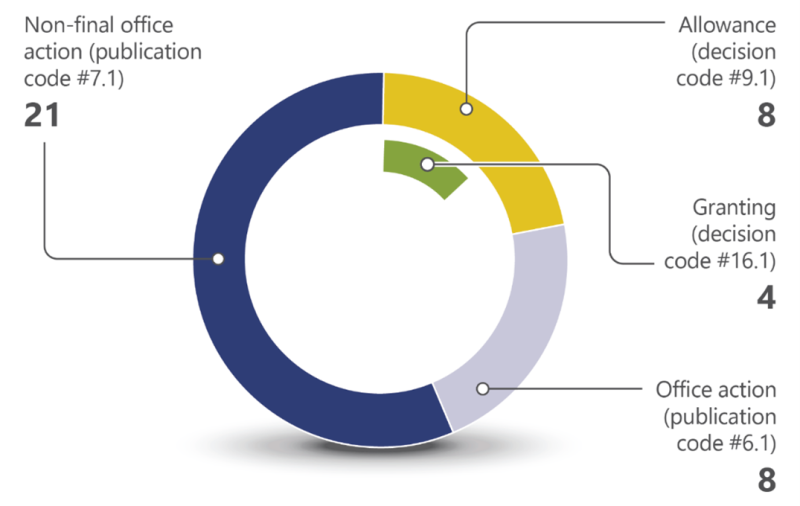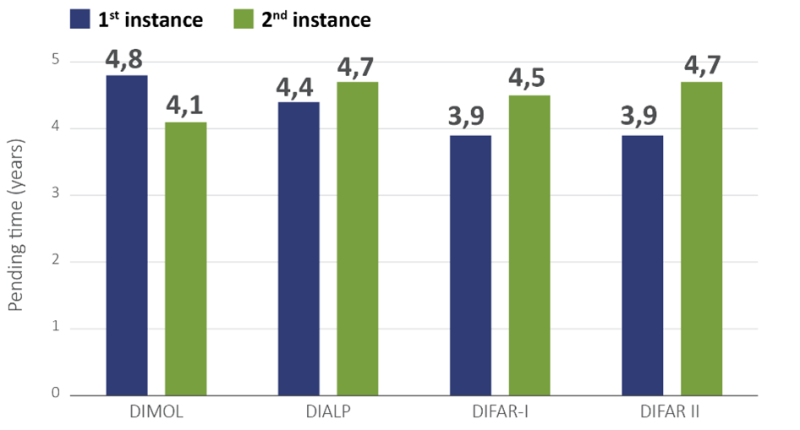On March 8 2024, the Brazilian Patent and Trademark Office (BRPTO) published Ordinance No. 10/2024, which outlines the guidelines for processing appeals and other procedures. One key change in the appeal process is that if the Board of Appeals determines that the first instance failed to conduct a complete or thorough technical analysis, the case must be remanded to the first instance for further examination – referred to herein as re-examination.
Following this, on May 27 2025, the BRPTO published Ordinance No. 4/2025, which details the procedures for handling patent applications remanded to the first-instance re-examination. Relevant provisions of this new ordinance include:
The grounds of the decision of the Board of Appeals annulling the rejection decision are binding on the first-instance examiners;
The first-instance examiners may raise new or different objections and conduct new prior art searches;
The application may not be directly rejected at first instance; i.e., the applicant will still have at least one other opportunity to respond to a new office action; and
If a rejection decision is issued after an office action, the applicant will have the opportunity to file a new appeal.
Analysis of the ordinances’ implementation
Since the publication of the BRPTO’s Ordinance No. 10/2024, the Board of Appeals has remanded 98 cases to the first instance for re-examination (data collected until August 26 2025 based on the BRPTO’s Official Gazette).
In terms of technological areas, most remanded cases fall within the life sciences art units. Specifically, over 65% of these cases are concentrated in the following art units:
DIALP (food, plants, and related fields), with approximately 37%;
DIFAR-I and DIFAR-II (pharmacy), with approximately 17% of the cases; and
DIMOL (molecular biology and related fields), with around 12%, as can be seen from the graph below.
The main grounds for remand include:
Formal errors, such as the examination of an incorrect set of claims or lack of clarity in the office action;
Substantive examination errors, including misapplication of patentability criteria or insufficient technical reasoning; and
Lack of mature cause, meaning the case was not ready for a final decision; for instance, if the set of claims rejected contains subject matter that was not addressed during the first-instance examination, or if the appellant submitted a new set of claims with the appeal that introduces subject matter not previously examined.
So far, 38% have already received a technical opinion from the first instance during re-examination, as can be seen from the graph below.

Upon return to the first instance, 95% of the cases were re-examined by the same examiner who conducted the first examination. This practice aligns with the new ordinance, which recommends maintaining examiner continuity unless impediments arise.
During re-examination, the examiners have resumed the technical analysis focusing on the aspects identified by the Board of Appeals in its decision. In several cases, this has involved an assessment of the patentability requirements in light of impeditive prior art documents that were not previously considered, or that were identified after a new search – carried out due to a recommendation by the Board of Appeals. When necessary, new technical opinions have been issued to address previously unexamined matter or insufficiently reasoned aspects of the previous examination, giving the applicant the right to submit its reply. In cases where no further issues were identified, the application was directly allowed.

On average, the first instance has taken approximately five months to issue a new opinion or decision after receiving a remanded case. Among these, DIALP is responsible for the majority of reassessed cases that have already received a technical opinion, accounting for approximately 55%.
Considering the past couple of years, patent applications falling within DIALP, DIFAR I/II, or DIMOL receive a first decision (first instance) about four to five years after the examination request, and a final decision (second instance) about four to five years after lodging the appeal against the rejection decision.

Comment on the new ordinances
While ordinances No. 10/2024 and No. 4/2025 were released with the aim of reducing the BRPTO’s backlog, mainly at the appellate level, in fact, they introduce new procedural layers that may extend the overall timeline for obtaining a patent in Brazil with all the back and forth of the application from first and second instances.
Given that the average time from examination request to final decision can reach up to 10 years in key technological areas such as life sciences, the additional delay introduced by the re-examination being carried out by the first instance may undermine the applicants’ rights. This is particularly critical concerning cases with limited remaining term, as nearly 40% of remanded applications have less than five years left until the patent expiry date, if granted, considering the limitation of 20 years from the filing date.













